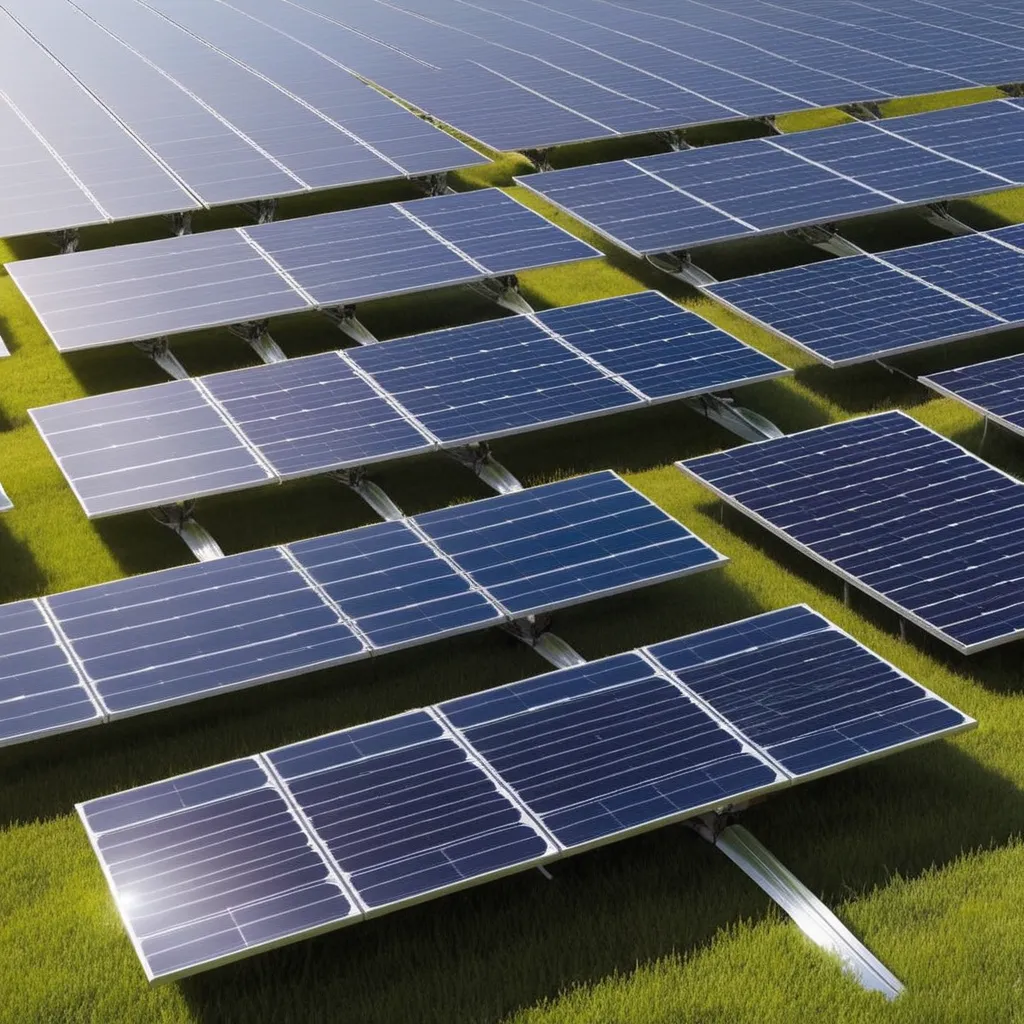Revolutionary Solar Cells Harvest Energy from Rain
Picture this: a cloudy, rainy day, and your solar panels are not just soaking up sunlight but also generating electricity from the raindrops. It might sound like a scene from a futuristic movie, but it's a reality made possible by revolutionary solar cells that can harvest energy from rain. These innovative solar panels are changing the game when it comes to renewable energy, and I can't help but be excited about the potential they hold for a more sustainable future.

A Personal Perspective
I've always been intrigued by renewable energy sources and their potential to reshape our world. Solar power, in particular, has been a topic of interest, and I've often wondered how we can maximize its efficiency, especially in regions with frequent rainfall.
Rainy Days and Solar Panels
Living in a region with a fair share of rainfall, I experienced firsthand the challenge of reduced solar panel efficiency during overcast or rainy days. These weather conditions can limit the amount of energy generated by traditional solar panels.
The Breakthrough Technology
The concept of solar panels that can generate electricity from rain isn't new, but recent advancements have made it more practical and efficient.
Triboelectric Nanogenerators
These innovative solar cells incorporate triboelectric nanogenerators (TENGs), a technology that allows them to capture energy from the motion of raindrops.
The Science Behind It
When raindrops fall on the surface of TENG-based solar panels, they create friction as they roll off. This friction generates an electric charge that can be harnessed as electricity.
Maximizing Efficiency
The beauty of these rain-harvesting solar cells lies in their ability to maximize energy generation, even in less-than-ideal weather conditions.
Raindrop Size Doesn't Matter
Whether it's a drizzle or a downpour, these panels can capture energy from raindrops of varying sizes. It's all about making the most of available resources.
Dual Power Source
These solar cells can generate electricity both from sunlight and rain, providing a continuous source of clean energy.
When I learned about these rain-harvesting solar cells, I couldn't help but think of the immense potential they hold, not just for regions with frequent rainfall, but for our overall transition to sustainable energy sources.
Practical Applications
The applications of rain-harvesting solar cells extend far beyond residential use.
Urban Environments
In urban areas where space is limited and buildings dominate the landscape, these solar panels can be integrated into existing structures, such as rooftops and walls, to make the most of available space.
Remote and Off-Grid Areas
For remote and off-grid locations, where access to conventional power sources may be limited, these solar cells offer a reliable source of energy, even in areas with unpredictable weather.
Environmental Benefits
The environmental benefits of rain-harvesting solar cells are significant.
Reduced Dependency on Fossil Fuels
By increasing the efficiency of solar energy generation, we can reduce our reliance on fossil fuels, which contribute to greenhouse gas emissions and climate change.
Sustainable Energy Access
These solar cells have the potential to provide sustainable energy access to communities that previously had limited options, contributing to a more equitable energy landscape.
Challenges and Future Developments
While rain-harvesting solar cells represent a significant advancement, challenges remain.
Cost and Scalability
Bringing this technology to a larger scale and making it cost-effective for widespread adoption will require further research and development.
Weather Variability
Rainfall patterns can vary widely by location and season. Fine-tuning these solar cells to optimize energy capture under different conditions is an ongoing challenge.
A Brighter, Rain-Powered Future
As we look ahead, the integration of rain-harvesting solar cells into our energy infrastructure offers a glimpse of a brighter, more sustainable future.
Embracing Innovation
Innovations like these remind us of the endless possibilities when we combine human ingenuity with a commitment to environmental sustainability.
A Hopeful Transition
Transitioning to renewable energy sources is not just about reducing our carbon footprint; it's about ensuring a cleaner, more sustainable world for future generations.
In conclusion, the development of solar cells that can harvest energy from rain is a testament to our capacity for innovation in the pursuit of a greener world. It's a reminder that even something as commonplace as rain can be a valuable resource in our journey towards a more sustainable energy future.

No comments:
Post a Comment